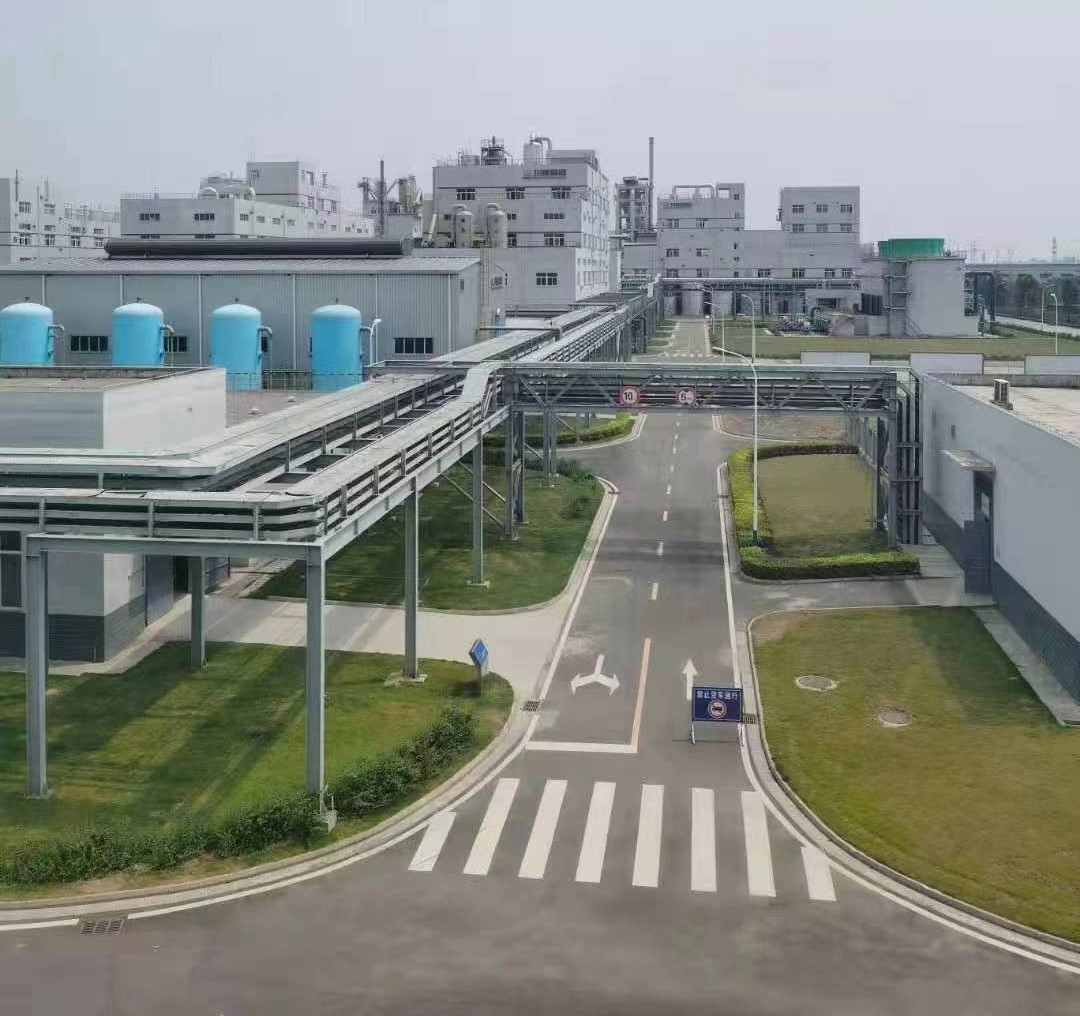Why can the plastics industry become the largest application market for calcium carbonate?
Jul,01,25
Calcium carbonate is widely used in many industries such as plastics, papermaking, coatings, and rubber. Among them, the plastics industry is the largest application field of calcium carbonate, accounting for about 31%. The reason why the plastics industry has become the largest application field of calcium carbonate is mainly due to the multiple functional advantages, cost-effectiveness, and deep fit with the development of the plastics industry of calcium carbonate in plastic products.
Calcium carbonate has achieved the performance improvement of plastics:
In soft polyvinyl chloride (PVC), the addition of calcium carbonate can significantly increase the hardness. For example, although the hardness growth rate of heavy calcium carbonate is lower than that of light calcium carbonate, it can still effectively improve the rigidity of the product.
In terms of improving heat resistance, adding 40% calcium carbonate to polypropylene (PP) can increase the heat resistance temperature by 20°C; when the filling ratio is ≤20%, the heat resistance is increased by 8-13°C, expanding the application range of plastics in high temperature scenes.
The low thermal expansion coefficient of calcium carbonate (3.0×10⁻⁶/℃) makes it the "skeleton" of plastics, reducing the internal stress caused by temperature changes, improving the dimensional accuracy of products, and promoting the optimization of plastic dimensional stability.
High whiteness (>90) calcium carbonate can replace part of titanium dioxide to achieve whitening or opacity effect in plastic film, which is suitable for packaging, printing and other fields. The surface characteristics of plastic film can be improved to achieve astigmatism and matte effect.
Calcium carbonate can also improve the surface roughness of plastic, enhance ink adhesion and coating uniformity. For example, after adding it to polyethylene (PE) film, the printing suitability is significantly improved.
As a nucleating agent, calcium carbonate refines the pore structure and improves the thermal insulation and cushioning properties of foamed plastics.
In halogen-containing plastics, calcium carbonate reacts with hydrogen halides produced by combustion to generate stable compounds (such as CaCl₂), reduce black smoke release, and achieve flame retardancy and smoke suppression.
Calcium carbonate reacts with carbon dioxide and water to generate soluble substances, forming micropores in plastic films, which can accelerate microbial degradation.
Calcium carbonate has a cost-effective advantage, which reduces the cost of raw materials:
The price of calcium carbonate is only 1/5 to 1/10 of that of plastic resin, and the addition can significantly reduce the amount of resin. For example, in PVC products, the calcium carbonate filling amount can reach 30%-50%, and the cost is reduced by 20%-30%.
The annual output of my country's plastics industry exceeds 30 million tons, of which 10% uses powder fillers, and calcium carbonate accounts for 70% of the total powder fillers, with an annual demand of more than 2.1 million tons, highlighting its economically driven market position.
Improve plastic processing and optimize production efficiency and product quality:
Calcium carbonate can reduce the viscosity of plastic melts, improve fluidity, and reduce processing energy consumption. For example, as a viscosity regulator in polyvinyl chloride paste, it improves mixing uniformity. Calcium carbonate has a soft texture, which can reduce wear on kneaders and molding machines and extend the service life of equipment. Calcium carbonate after surface treatment improves the gloss and flatness of products, reduces bending whitening, and achieves surface quality improvement.
In line with industry development trends, achieve environmental protection and sustainability:
Lightweight and resource conservation: Calcium carbonate filling reduces the amount of plastic used, reduces product weight and carbon emissions.
Enhanced recyclability: Calcium carbonate has good compatibility with plastics, is easy to recycle and reuse, and conforms to the concept of circular economy.
Policy-driven demand: As environmental regulations become stricter, the application of calcium carbonate in biodegradable plastics (such as promoting polyethylene degradation) has become a research and development hotspot.
The application of calcium carbonate in the plastics industry accounts for 31%, which is tied with the papermaking industry as its largest consumption area. The rapid development of the plastics industry (especially in the packaging, construction, and automotive fields) directly drives the demand for calcium carbonate, forming a virtuous cycle of "material-application".
Calcium carbonate is deeply embedded in the entire industrial chain of the plastics industry with its multiple roles as a performance enhancer, cost advantage, processing assistant, and environmental partner. From PVC pipes to automotive interiors, from packaging films to degradable plastics, calcium carbonate not only optimizes the performance and economy of plastic products, but also promotes the green transformation of the industry, a cross-border integration of "natural minerals" and "synthetic materials".






